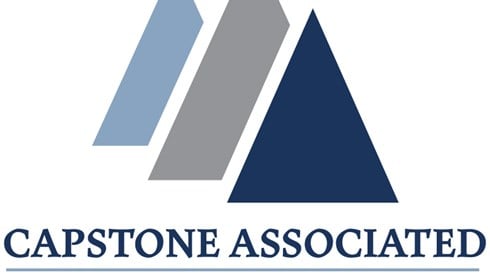Reserve Mechanical Contemplation and Further Discussion

Alan Fine | January 31, 2019

In June 2018, the US Tax Court released its decision in the second small captive case, Reserve Mechanical Corp. v. Commissioner of Internal Revenue. We have had several months to contemplate the conclusions reached and supporting rationale used by the Tax Court, and there are a few areas that continue to warrant discussion.
Case Summary
As a refresher, the taxpayer in this case created an offshore captive insurance company to insure a variety of enterprise risks such as pollution liabilities, excess cyber risk, weather-related business interruption, and losses caused by regulatory changes. Coverage under these policies did not begin until the insureds had exhausted coverages insured in the commercial marketplace.
In this case, the taxpayer's captive issued direct policies, with a risk-sharing pool issuing stop loss reinsurance. There was then a quota share reinsurance arrangement involving all the participants in the pool.
During the period in question, there was one claim made against the captive under the direct policies, resulting in a $175,000 payment to the insured from the loss of a major customer.
The Court's Decision
The tax court first determined that the arrangement lacked sufficient risk distribution because the reinsurance arrangements involved the captive receiving the same amount in reinsurance premiums as that ceded to the pool. The court also determined that the risk-sharing pool did not enter into the arrangements for a nontax business purpose. As such, the pool did not qualify as a bona fide insurance company for federal income tax purposes.
The tax court also took exception to the direct policies issued by the taxpayer's captive, focusing on a lack of business purpose for creating the captive and paying the premiums. In reaching this conclusion, the judge relied upon the fact that there were no changes to the taxpayer's commercial policies during the years in question, nor was the taxpayer able to demonstrate the need for the additional policies issued by the captive. As such, it was determined that the arrangements did not constitute insurance in the commonly accepted sense, and the taxpayer's deductions were denied.
Was the Court’s Rationale Flawed?
There are a few areas of the tax court's rationale that seem problematic. First, the court found business purpose lacking in part because the taxpayer did not perform independent due diligence of the risk pool and lacked familiarity with some of the details on how the pool operated. The court, however, failed to indicate whether this applied only in the captive insurance industry or to all insurance policies. Does every captive participant now need to become an expert in reinsurance?
The court also took exception to the "cookie cutter" policies issued (created by the captive manager and affiliated law firm). Having recently received my automobile insurance renewal, I took the time to compare it to last year's policy. Not surprisingly, the language in the two policies is virtually identical. Does this mean that these policies are not valid insurance for federal income tax purposes? As an aside, it is rather easy to imagine that had the policies not been "cookie cutter," the Court likely would have had an issue with the differences between policies and those issued commercially.
The tax court also had issues with the lack of support in the feasibility study demonstrating the need for the additional insurance coverages, pointing out that the insured had never had incurred costs related to excess pollution liability. The court assumed this meant that there was a lack of business purpose for purchasing the additional coverages, which truly seems to be a reach. Based on this, are prior claims now required to justify the business purpose behind the purchase of insurance? Should an attorney be required to demonstrate prior exposure for malpractice before purchasing professional liability insurance?
Finally, in reviewing the reasonableness of the premium pricing, the court stated that although the premiums were calculated "using objective data and what appear to be actuarial methods, the absence of a real business purpose … leads us to conclude that the premiums paid for the policies were not reasonable and not negotiated at arm's length." It seems that the use of actuarial methodologies, as well as the testimony by three actuaries that the premium pricing was sound, would have demonstrated the arm's length nature of the premiums.
Key Takeaways
Notwithstanding the logic employed by the tax court, there are a few items that captive owners should consider going forward. First, there should either be changes to the insureds' commercial coverages, or the feasibility study should document the specific reason(s) that the new coverages are necessary. This will help substantiate the nontax business purpose for creating a captive and the resulting purchase of insurance.
Taxpayers should also do appropriate due diligence on their captive service providers and the underlying programs. There should be someone (preferably the owner(s) of the insureds) that understands the inner workings of the captive arrangement in some detail, as well as why the new coverages being obtained are necessary from a business perspective.
Captive insurance companies remain an invaluable tool for helping companies manage their risk-management functions. In the current environment of heightened scrutiny from the IRS, however, it is critical that the business purpose be appropriately documented and the relationship between the captive and its insureds be on an arm's length basis.
Alan Fine | January 31, 2019





